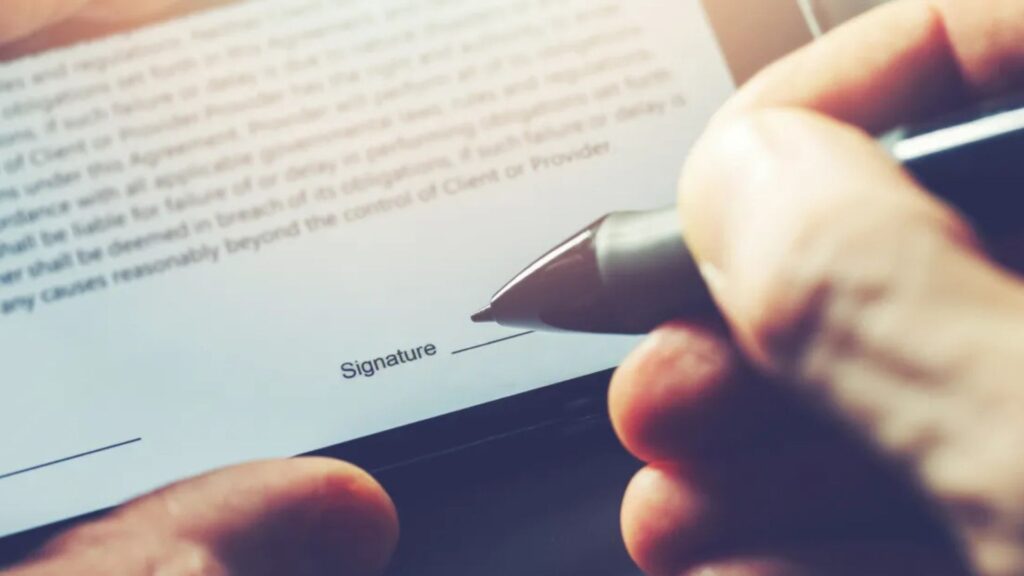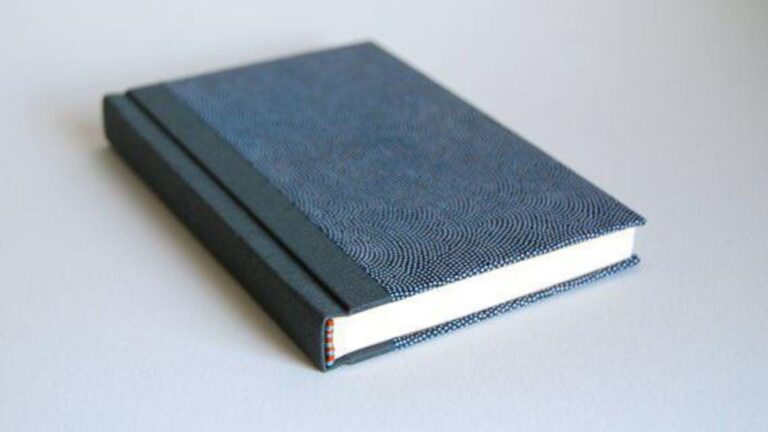
Legal documents demand precision, professionalism, and adherence to strict standards—especially when it comes to binding. Courts, law firms, and government agencies often require specific binding methods to ensure documents are secure, tamper-evident, and easy to handle. Following these regulations is essential to avoid rejection, maintain document integrity, and uphold legal protocols. This article explores the key binding regulations for legal documents, highlighting common practices, material requirements, and best tips to comply with legal standards.

Why Binding Matters in Legal Documents
Legal documents such as contracts, pleadings, affidavits, and case files often represent critical evidence and official records. Proper binding ensures:
-
Document security: Prevents pages from being lost or altered
-
Professional presentation: Reflects credibility and respect for legal processes
-
Ease of handling: Facilitates review and archiving by judges, clerks, and attorneys
Improper binding can lead to document rejection in courts or delays in legal proceedings.
Common Binding Requirements in Legal Settings
While regulations vary by jurisdiction and court, some binding practices are widely accepted:
Durability and Security
Legal documents must be bound securely enough to prevent tampering. This typically excludes loose-leaf or simple stapling for lengthy documents.
Flat-Lay Capability
Some courts prefer bound documents that lay flat to ease reading and annotation.
Use of Non-Destructive Binding
Binding methods should not damage or obscure content.
Uniformity and Professional Appearance
Many courts specify uniform binding styles for submissions. This includes the use of black covers, spines with titles, and clean, unmarked edges.
Typical Binding Methods for Legal Documents
Perfect Binding
-
Used for: Longer reports, pleadings, and formal submissions
-
Advantages: Professional, sturdy appearance; printable spine
-
Considerations: Once bound, pages cannot be easily removed or added
Thermal Binding
-
Used for: Court filings and formal documents
-
Advantages: Clean finish; durable spine
-
Considerations: Similar permanence as perfect binding; not always accepted by all courts
Comb Binding (Plastic or Metal)
-
Used for: Internal documents, briefs, or exhibits
-
Advantages: Allows easy page addition or removal; lays flat
-
Considerations: Often not acceptable for final court filings due to security concerns
Saddle Stitching
-
Used for: Short legal briefs or memoranda
-
Advantages: Quick and inexpensive
-
Considerations: Limited to small page counts; less secure
Specific Court Rules and Guidelines
Different courts have their own specific rules. For example:
-
U.S. Federal Courts: Generally require documents to be bound on the left edge, with secure binding that won’t fall apart during handling. Spiral bindings are typically not allowed for filed documents.
-
State Courts: Many state courts mandate black hard covers or specific font sizes on the spine for submitted binders.
-
International and Arbitration Bodies: May have unique requirements, often published on their websites or procedural manuals.
Always consult the relevant court’s local rules before binding and submitting legal documents.
Best Practices to Comply with Legal Binding Rules
-
Verify jurisdiction requirements: Review court rules or administrative orders for binding standards.
-
Use professional binding services: Legal documents benefit from the expertise of professional binders familiar with court requirements.
-
Label clearly: Include document title, case number, and filing date on the spine or cover.
-
Preserve original formatting: Do not obscure page numbers or margins.
-
Keep copies unbound: Retain original, unbound copies for your records and revisions.
Conclusion
Binding legal documents correctly is a crucial step in maintaining their integrity and professionalism. Courts enforce strict regulations to ensure documents are secure, easy to review, and uniformly presented. By understanding the typical binding methods and adhering to jurisdiction-specific rules, legal professionals can avoid costly rejections and contribute to smoother legal processes. When in doubt, always consult local guidelines or professional binders experienced with legal submissions.






